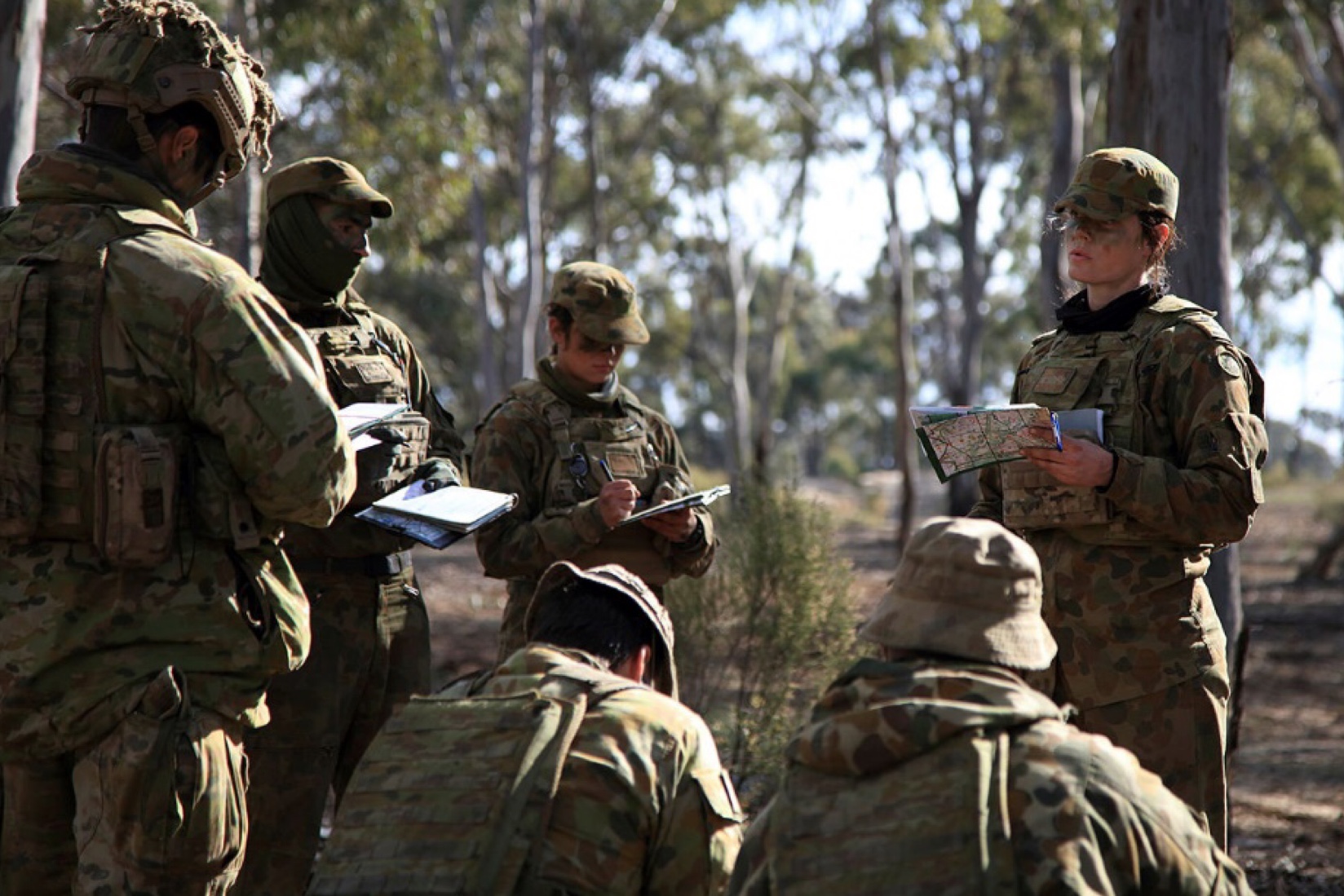What is 360 Degree Reporting?
360 degree reporting is a professional reporting tool traditionally utilised by civilian organisations to identify the strengths and weaknesses of an organisation from the perspective of the employees. It achieves this by provide feedback on organisational leadership, processes, and other employees. It is essentially reporting on everyone, by everyone, through anonymous form submission.
In a military context, 360 reporting (at the field forces level) involves organisational and individual performance feedback on the chain of command at a sub-unit level conducted by members with rank SGT and below.

360 degree reporting can generally be categorised into two distinct tools depending on the intent of the feedback. When reports are provided to the supervisors of the members who were reported on, the process is referred to as reporting for appraisal. Conversely, when reports are given to and owned by the individual (supervisors do not see the raw data on the individual) it is termed as reporting for development. This pitch argues for the implementation of 360 degree reporting for development due to the large amount of academic literature that favours this type of reporting over the former.
Why we need 360 reporting
In a time where the contemporary operating environment is placing more pressure than ever before on our leaders at all levels, the systems we utilise to review, critique, and improve their performance also need to evolve.
Traditional performance appraisal reports serve their purpose and I am by no means arguing that this style of reporting be removed. On the contrary, a study conducted by Massingham and Nguyen from the University of Woolongong and the University of Western Sydney concludes that what they refer to as ‘triangulation’—the use of PARs, self-analysis, and 360 degree reporting—provides the most optimal and holistic evaluation of leaders and organisational processes. Thus, I am proposing that 360 reporting be included as one of our formalised reporting procedures.

This type of anonymous reporting also encourages a trait we, as a government organisation, hold in high esteem—that of a positive reporting culture. A positive reporting culture through regular performance reporting on superiors, the organisation, and each other, reduces the stigma associated with identifying unsafe or unethical workplace practices, further strengthening the chain of command.
Implementation
In the platoon and sub-unit trials I have conducted to date, 360 degree reporting has been implemented through a five-phased approach, detailed below, after appointing a coordinating officer:
1. Development of the questionnaire—the participants have the opportunity to contribute to the questionnaire they will complete in order to ensure that the questions they want answered, among others, are included.
2. Dissemination, completion, submission—once complete, questionnaires are disseminated digitally through the chain of command where individuals can then complete them on a computer (enabling them to write as much or as little as they desire). These forms are then submitted physically into a submission box to ensure anonymity is maintained.
3. Analysis of data and back briefs to commanders—the officer coordinating the reporting cycle analyses the raw data and produces graphed results that can be used to brief superior commanders.
4. Initial debrief—up to a week following the brief to commanders, an initial debrief to participants is given to explain the general themes that were identified as well as detail the immediate changes that have been made as a result of the issues they have raised. This is primarily to build trust in the process and provide tangible evidence of the action taken in response to the issues they have identified.
5. Subsequent debrief—finally, at a time following the initial debrief, a subsequent debrief is conducted. This debrief outlines the further (usually larger) organisational changes that have occurred at the unit/sub-unit level. This fosters confidence and trust in the chain of command and demonstrates a general care for its subordinates.
Investment required
The investment required revolves around a decision point concerning how the process should be implemented.
If the coordinating officer is to be a uniformed member, suitable training into the conduct of successful 360 reporting needs to occur, and sub-units will need to allocate a suitable amount of time for that individual to carry out the process. This is the low-cost option.
On the other end of the scale, if an external agency is to conduct this process on the sub-unit’s behalf, their services would incur an inevitably-greater financial outlay.
In addition to the investment required to conduct the process itself, I also recommend that concurrent research be conducted by either AHQ or another organisation into the utility and best-practice approach of conducting 360 degree reporting in the Army. This provides the constant feedback loop that is required to continually improve the process and better design it to the military workplace.
Risks
The main risk of 360 degree reporting is a lack of positive control which culminates in a ‘toxic reporting culture’. By this, I am referring to the process’ main effort of leader and organisation improvement being misconstrued into a means to slander members of the organisation that aren’t well-perceived. This type of response focuses on subjective, personal criticism as opposed to the intended objective, professional feedback.

Put simply, the mitigation to this risk is achieved by complete positive control over every stage of the process. When there is control at each stage that affirms to the participants the magnitude of the influence they are about to be given, the procedure is treated as it should be and the responses are, for the most part, professional and respectful.
About the author
Lieutenant Benjamin May is a Gun Position Officer at 8/12 Regiment’s 103rd Battery at Robertson Barracks, Darwin. He holds a Bachelor of Business and will begin his Masters in Strategic Human Resource Management in 2018 through the University of New South Wales. His interests include the study of human resource management, organisational culture, and the residential real estate market.

